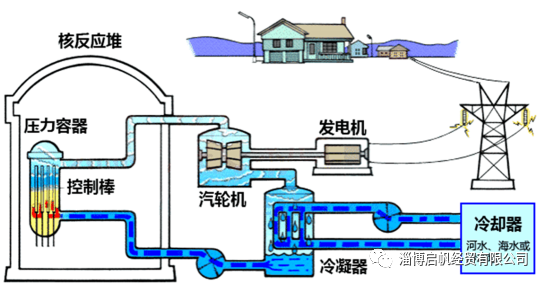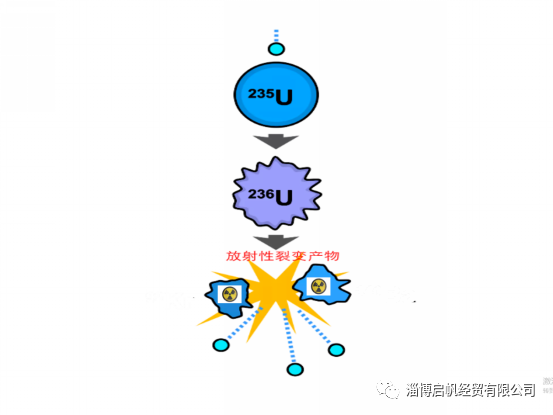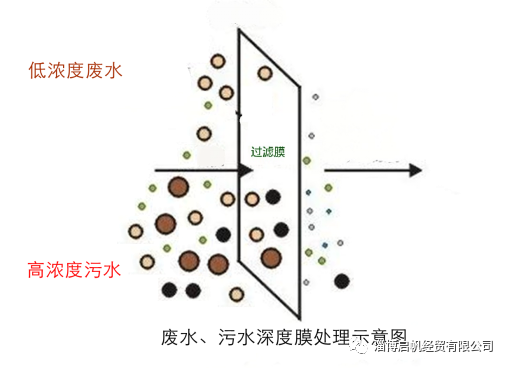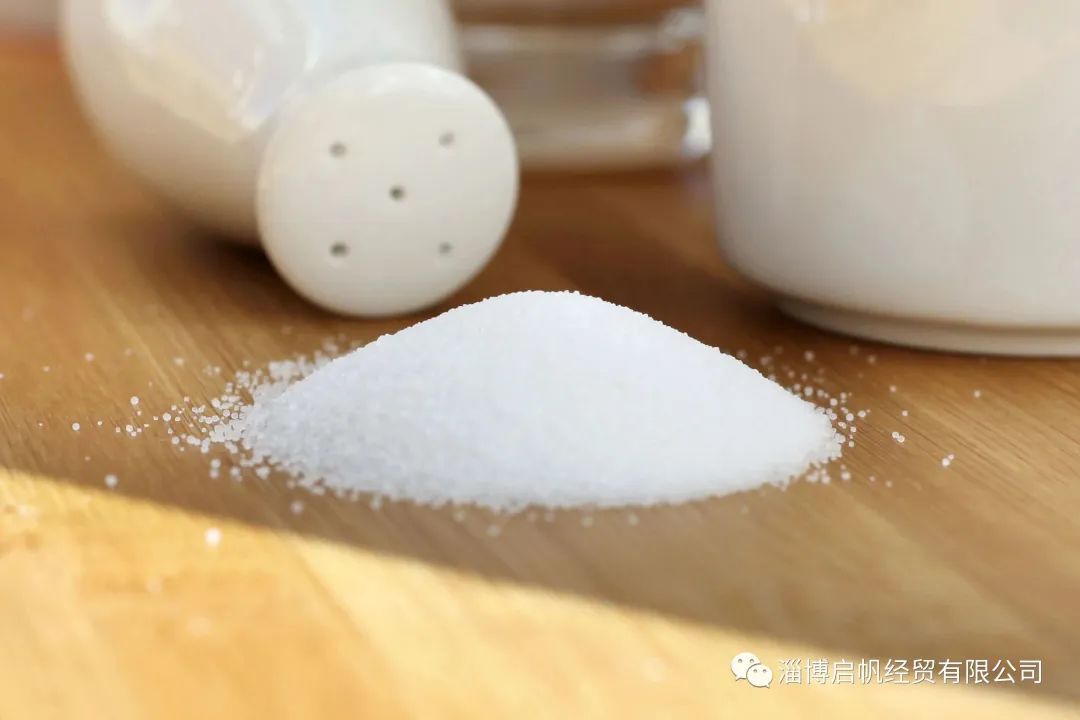In recent days, the concentrated discharge of Fukushima nuclear sewage in Japan has attracted widespread attention from the international community, and people have condemned this transfer of problems and the practice of spreading risks to the world. At the same time, they are eager to know how much health damage nuclear sewage will cause to human body and the environment, and how to prevent possible health risks.
Let's start with the principle of nuclear power generation, nuclear power generation is nuclear fuel enrichment U-235 nuclear fission reaction, the release of high thermal energy (1 kg of nuclear fuel thermal energy is equivalent to 2700 tons of standard coal), through heat exchange to produce water vapor, drive turbogenerator power generation process. The waste water produced by normal nuclear power generation includes heat exchange waste water and a very small part of the waste water that treats nuclear waste. The heat exchange waste water has no direct contact with nuclear fuel, and the waste water that treats nuclear waste has undergone strict in-depth treatment. The two kinds of waste water contain less radionuclides, and the radiation hazard is small, and the health risk is very low

However, Japan's Fukushima nuclear sewage is due to the March 11, 2011 earthquake caused by the nuclear power plant 1 to 3 reactor core meltdown, in order to prevent further expansion of the situation, the need to directly inject a large number of seawater cooling cooling and generated by highly radioactive contaminated water, that is, direct contact with nuclear fuel, seriously contaminated by radioactive materials of water, currently up to 1.25 million tons. These nuclear sewage contains more than 30 kinds of highly radioactive nuclear fission reaction products, plus a total of more than 60 kinds of radionuclides, the composition is extremely complex, and some half-lives are very long, and the fission products are highly radionuclides except for a few kinds. Part of the long-half-life radionuclides will be transferred through the food chain, continue to enrich in the biological body, and through internal irradiation of internal organs and tissues, causing health damage, such as nuclear fission products, a larger share of iodine 129 can emit beta rays, cesium 137 can emit gamma rays, these radiation can produce health risks.

Japanese nuclear power operators claim to have carried out in-depth treatment of nuclear wastewater, but this is very different from the treatment of nuclear power production wastewater. First, the former is high radionuclide pollution, and the latter is only low radionuclide overflow; Second, advanced treatment is only a degree of purification, there will still be a small amount of radionuclides through the filter membrane, high radionuclide contaminated water and low radionuclide overflow wastewater, infiltration outside the filter membrane exclusion concentration will be different; Third, some risks such as tritium (super heavy hydrogen) can not be removed by deep treatment. Moreover, if Japan's so-called discharge of nuclear sewage meets international safety standards, and if a Japanese politician has said that the nuclear sewage treated can be "drinkable", then how can Japan, which is extremely short of fresh water, discharge so much "safe" nuclear sewage into the sea? Obviously, there is no doubt that nuclear sewage does harm to human health. After nuclear sewage is discharged into the ocean, radioactive substances will have a serious impact on the Marine ecosystem, destroy the living environment of Marine organisms, threaten the health and reproduction of Marine organisms, and finally endanger human health. Radiation will cause gene mutations, affect growth and development or teratogenesis, induce cancer, etc.

Affected by the discharge of nuclear contaminated water into the sea in Japan, some markets in China have experienced salt rush. As the only central enterprise in China's salt industry, it is our primary responsibility to ensure the supply and quality safety of the salt market. In response to this market volatility, we hereby make the following statement:
China implements fixed-point production management of salt, and the source of salt in our country is mainly divided into three categories: mine salt, lake salt and sea salt. At present, China's salt product structure accounts for 87% of mine salt, 10% of sea salt and 3% of lake salt, and the production of mine salt and lake salt is not affected by nuclear pollution in Japan.

As early as 1985, China included radioactivity indicators in the national drinking water sanitation standard routine monitoring project, and in 2012, it was included in the scope of food safety risk monitoring, the normal channel production of products and commodities are safe, the risk of Fukushima nuclear sewage discharge into the sea may be caused by the state has also introduced countermeasures, ordinary citizens do not need to panic. There is no need to buy. At present, it is enough to clearly understand the health risks that may arise from the discharge of nuclear sewage into the sea, to know that the country has a way to deal with it, to correctly understand the health hazards of radioactive pollution, and to constantly improve their health literacy.
This Article Records 1 Page


